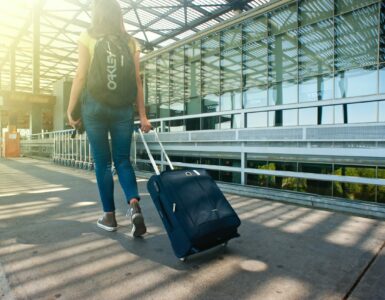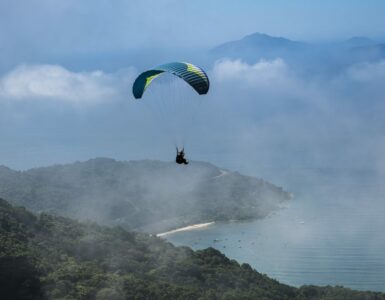Before 2020, there has never been a time when all destinations were closed simultaneously. Sudden lockdowns have not only decimated 80% of the global market but have also destroyed livelihoods for communities and conservation funding worldwide. According to a World Travel & Tourism Council’s report, worldwide tourism jobs and GDP is declined by 53% by 2020. Surprisingly, these limitations haven’t discouraged travelers from planning a trip. And new destinations and accommodations are continually developing creative ideas to serve travelers’ fantasies. Even though in the future we anticipate the travel industry to rebound, we are expected to see supply and demand changes. Here are some top trends for tourism in 2021 and beyond.
1. Mindfulness
After going through the Covid crisis people are becoming more mindful of natural disasters and environmental changes. Coronavirus has also inspired travelers to reduce waste and recycle plastic when they travel. It signifies that people are not just committed to protecting themselves, but also the environment of the places they visit.
In addition to that, travelers have started to believe that the industry must offer cheaper off-season packages to prevent overcrowding. Moreover, now they demand that the travel companies make it even transparent that how the money they pay is being used to help rebuild the destinations. People want to travel to places that are also supporting the recovery efforts.
2. Road Trips
As the pandemic continues, driving on personal vehicles has become a popular trend. It doesn’t only limit contact with others, but also offers a sense of control and independence. Approximately 42% of people who have taken a road trip this year stated they chose it so they and their family could be saved.
3. Self-Service
A year ago, franchises accounted for almost 30% of airport revenue, but now it is considered a luxury. Safety and hygiene have replaced the competitive advantages of brands. As a result, officials are taking advantage of digital tools such as biometrics and artificial intelligence for successful self-service with little employee involvement. We’re heading toward a touchless experience for everything related to travel as a result of the pandemic.
4. Simple Natural Travels
Having spent so much time at our homes, we have adjusted our travel priorities and a desire to enjoy more of our natural resources. Many people seem to be seeking out rural, off-the-beaten-track experiences to immerse themselves more fully in the outdoors. Earlier people have had stereotypical office hours to work at physical offices but since now people are working from home they are gravitating toward peaceful natural sceneries to work in an open environment. And at the same time following the required SOP’s.
5. Technology and Nostalgia
During the pandemic, when people have limited social contact and public transit, holiday memories from a pre-coronavirus world have been a source of comfort for people with wanderlust and for those who miss traveling with family. Reminiscing about past travel experiences has become a popular travel trend with one-third of global travelers saying they feel nostalgic looking through old photos. Moreover, social media is a major source of travel inspiration, visiting old photos from previous vacations is also inspiring travelers to plan their next trip.
6. Empathy and Storytelling
We create new trends by sharing tips for our new trips to friends and family with interactive, shareable itineraries. Other than social media, word-of-mouth recommendations by family and friends also tend to inspire people’s travels. When we discuss our travel experiences and goals together, we generate new ideas to inspire our journey.
7. Luxurious Indoors to Open Outdoors
When choosing a destination, travelers tend to select outdoor, open spaces such as beaches, forests, national parks, wildlife reserves, and so on, where adherence to social distancing is easier. According to reports, nearly 70% of natural spaces, hiking trails, adventure sports, national parks, and beaches have reopened to the public, while only 40% of indoor spaces such as museums and heritage sites have reopened.
8. Increased Local Travel
During pandemic traveling locally has become more popular, as it is easier, safer, and usually more sustainable. Looking forward, staying closer to home, and becoming more familiar with local places than farfetched tourism has become more prominent on people’s agendas this year. Many people plan to travel within the city, and many travelers intend to visit places they’ve seen before, because of familiarity and a sense of safety.












